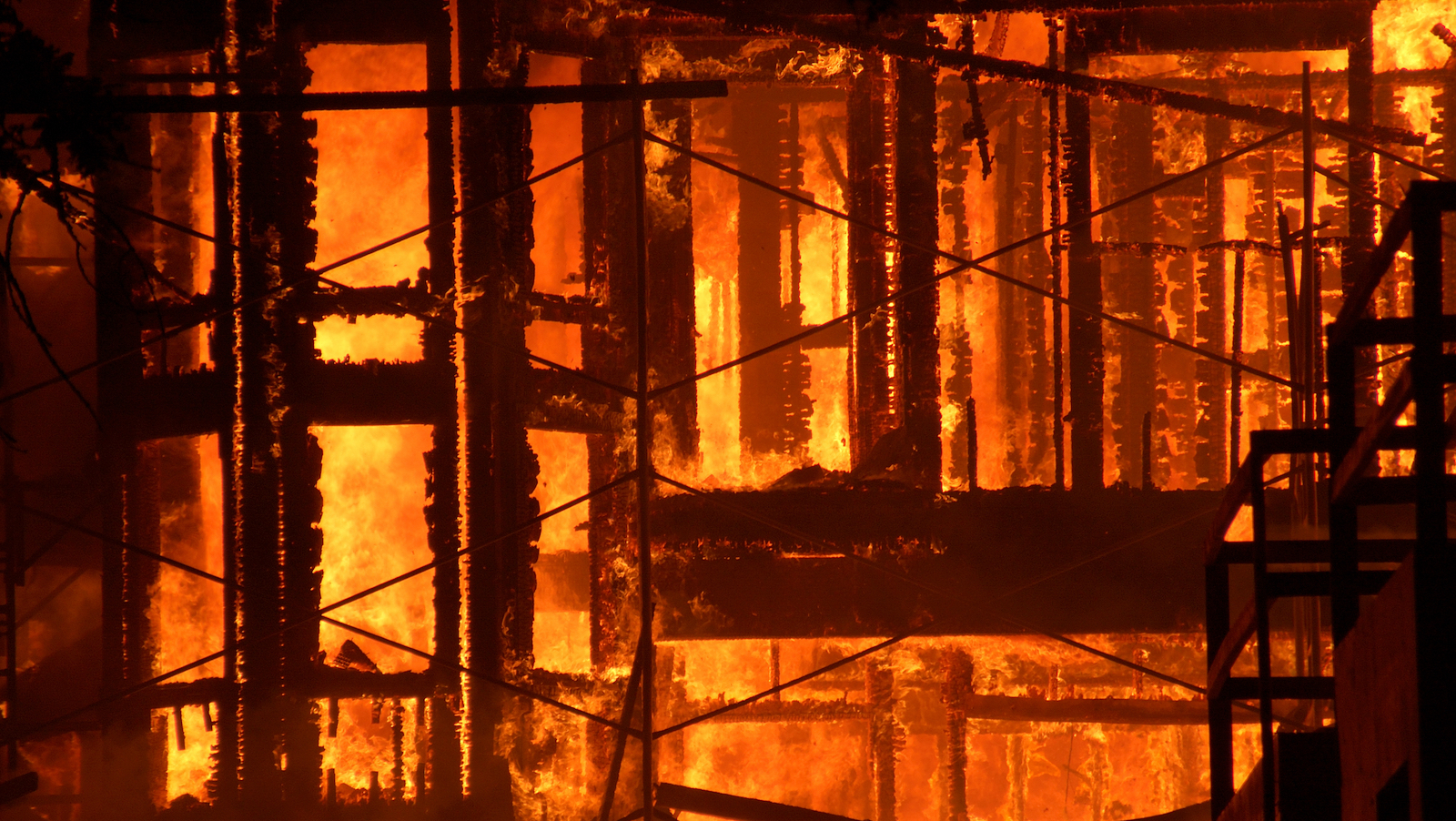
Helen Hewitt explores the impact of the Building Safety Bill on the fire door sector.
The new regime outlined in the Building Safety Bill, introduced in the House of Commons on 5 July this year, and by new planning legislation introduced in August, proposes specific Gateway Points to ensure suitable consideration to building safety has been given throughout the construction process and prior to occupation.
The Bill’s introduction is very much welcomed by the British Woodworking Federation (BWF) and the wider industry, and is long overdue, but what does it mean for fire door safety? How can we ensure that critical information including fire door components, maintenance and certification status is passed through the supply chain?
This article explores the impact of the Building Safety Bill on the fire door sector, and how third-party certification of fire doors provides the traceability that aligns with the aims of the Bill.
The golden thread
A key component of the Bill is a requirement for the accountable person to retain fire and structural safety information, often known as the ‘golden thread’. This means that building information, such as material product details, will need to be digitally stored and updated throughout a building’s lifecycle. This goes beyond the requirements for the exchange of fire safety information currently covered by the building regulations. Important information relating to building materials is to be passed between stakeholders at different stages of a building or building product’s lifecycle, providing the information needed to ensure and maintain the building’s safety.
For fire doors, which fulfil a life-saving role in the event of a fire, robust third-party certification already provides this much needed traceability. So how exactly does certification offer greater assurance over the history and performance of a fire door?
Demystifying third-party certification
If a fire door is third-party certified it means the manufacturer or fire door processor is audited by an independent body to provide evidence that it is tested appropriately and produced to a consistent standard.
For BWF Fire Door Alliance members specifically, this involves meeting specific criteria:
- The Fire Test: The fire resistance of a door assembly is determined by subjecting full-sized constructions to one or more tests in accordance with the appropriate fire test standard, BS 476: Part 22 or BS EN 1634-1 at a UKAS accredited test facility, the results of which are used to generate the scope of certification.
- Auditing the Manufacturing Process: BWF Fire Door Alliance member companies are independently audited by their chosen UKAS accredited product certification body. This ensures that appropriate management and manufacturing processes and systems are in place to provide consistency in the manufacture of the fire door.
- The Audit Test: The fire door is subjected to regular scrutiny, with frequent testing taking place on sampled products to ensure that the test was not a one-off result.
Why is third-party certification important?
Third-party certification provides visibility and traceability of a fire door’s pathway through the construction supply chain, which will be crucial in the new regime to be introduced through the Building Safety Bill.
When a fire door is manufactured or modified by a BWF Fire Door Alliance member, an identifying label or plug, in accordance with the chosen certification scheme, is affixed to the door. This allows for full traceability of the door by the fire door manufacturer or Licensed processor, as well as access to any certifications related to its specification and production records.
This means the original fire certificate and specification can be sourced, enabling on-site checks to be carried out against the door’s original standards. If it’s found that any components need replacing, the documents will also outline the parts compatible with the original certification and test requirements to ensure compliance is maintained.
Third-party certification provides traceability and assurance that fire doors are fit for purpose. While the Bill still has a long way to go until it becomes law, it’s clear that greater accountability will be a significant requirement at every stage of the construction process. Solutions such as third-party certification are available now, meaning that construction firms can get ahead of new requirements and begin to implement processes that ensure compliance with upcoming legislation.
Comments
Comments are closed.












I have worked of many projects as a site manager & now a clerk of works over the years & I have never seen or heard of a UKAS check made on any fire door install or any compartmentation fire stopping works.
The NHBC now check all fire door installs and sign them off which is a start but what if the warranty provider isn’t the NHBC?
All of the above work types have to be scrutinized on every project prior to closing them up, that needs to be made LAW.